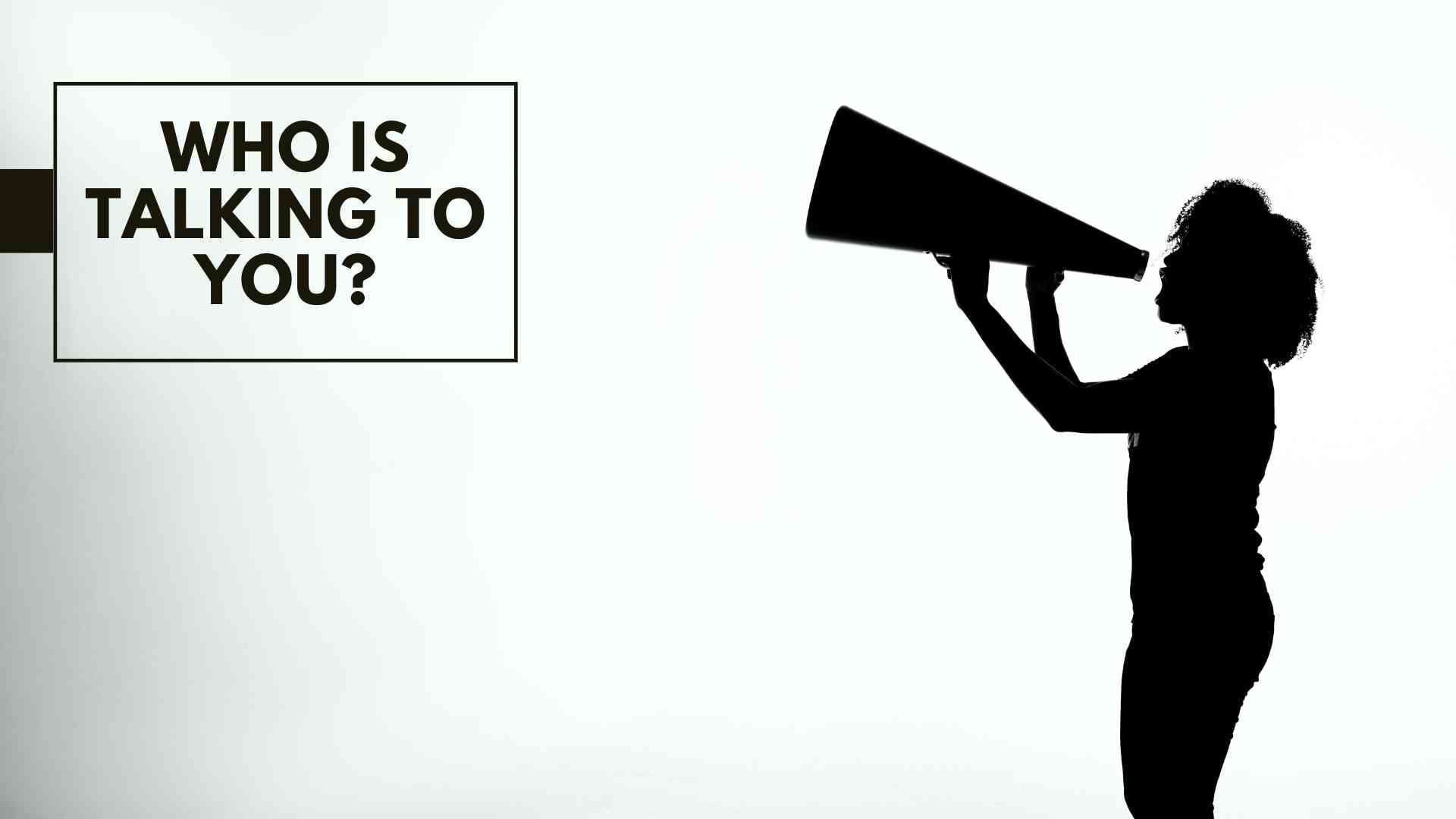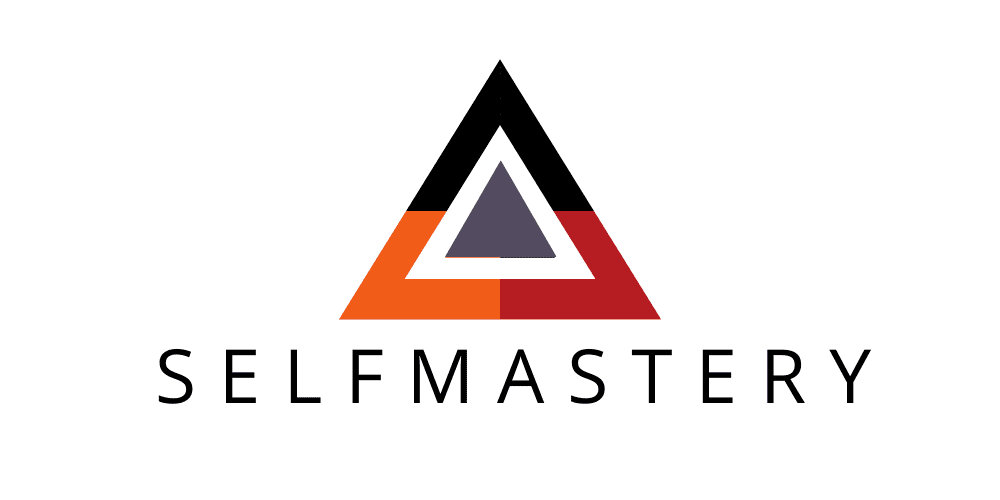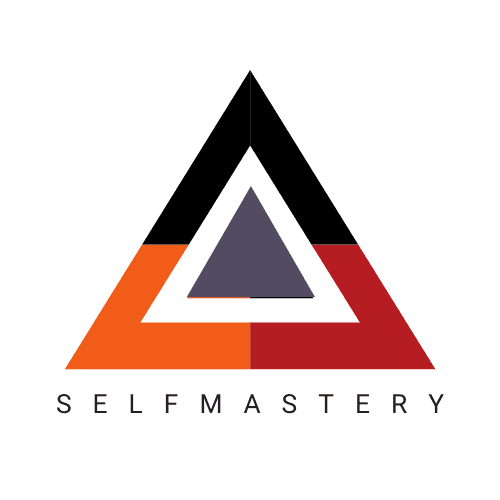
23 Dec Who is talking to you?
This happens to Hector all the time. He is in the middle of a training session and he encounters a place of challenge. If the struggle gets real, his mind starts going. At that point, he looks at me and he will explain he had a long week, or that he has never been good at cardio, or that his arms are too short for rowing. Sometimes I can sense he is questioning if this is even all worth it. “Why am I doing this again?”
Back in the day when I thought logic made me right, I would argue with my athletes, I would say: “that might be right Hector, but what can you do right now to maximize your performance?” I felt so smart. I was obviously right, yet totally ineffective. After years of none or just minimal improvements, I changed my approach. I knew that rationalizations in moments of frustration or anxiety or hardship lead to trains of thought and emotions that I baptized “the crazy.” I created a heuristic for myself: “never debate with the crazy.” I felt smarter. That approach seemed better initially. I wasn’t feeding “the crazy” anymore by inadvertently asking my athlete to defend it with my smart question. Yet, it was equally ineffective. I actually hadn’t changed anything, I had just quit trying.
The main problem was I did not understand the mechanism behind it all. I did not understand what was going on.
Yet, I stumbled with this challenge day in and day out. Whether it was training, nutrition, or time management, it came up, over and over. Why do my athletes suddenly have these negative voices in their heads that aren’t productive? Why do these narratives become so real for them? Who is talking to them? How can I change this?
It was only when I read the following quote by Portuguese writer Jose Saramago that I started to see things differently. I started to understand a little of what was going on:
He aprendido a no intentar convencer a nadie. El trabajo de convencer es una falta de respeto, es un intento de colonización del otro. (I have learned not to try to convince anyone. Convincing someone is a disrespectful, it is an attempt to colonize the other)
Yes! 💡💡💡 ! That lighted all the bulbs and it helped me see that I was part of the problem and that the first thing I had to figure out was myself, not my athlete. This also helped me immensely in having better and more productive fights with my wife, conversations with friends, and arguments with customer service representatives, but that’s another story.
This realization came with a price. I had to accept that I was trying to change my athlete’s thoughts. That kind of sucked! “Was I?” Yes, I totally was. Moreover, I had to accept the futility of that task. We cannot control our own thoughts let alone somebody else’s.
I knew I had moved forward but I was now even more empty-handed. I did what I do best, obsessed over the thing and dived into understanding “the crazy” voices in our heads. I focused on why training brought them.
Here’s my journey so far.
Negative thoughts and emotions are key to survival
You don’t want to negate them or avoid them. You want to observe them and use them. If you were an angsty teenager like me, you probably got really angry at a world that wanted and valued mostly positive, extroverted, and outgoing people. In many ways that is still a problem today. We don’t value introversion and silence enough. We see shyness as a problem. But the main issue is that we see negative thoughts and emotion as bad in themselves. They are not. Most times they are just a natural part of the stress response. Most times they have a function and a purpose.
Hector’s brain is doing something when it produces negative thoughts. It is not a problem. There is a point to his discourse. It is not an excuse or a discordance. It is a cognitive device that has the role of protecting his homeostasis from something. (realization #1)
Exercise is stressor
Stress is so confusing. Let’s clear some things out first.
Stress is neither good or bad, that binary simplistic valuation is for bad movies or religions. Stress is not distress. Stress is an orchestrated hormonal response from your body. It is like digestion or breathing, it is an automatic (autonomic would be the correct word) process that is a fundamental part of being alive.
Stress is the response not the event. We tend to confuse the events that produce a stress response with the response. This confusion is why some people think you should avoid stress and other people tell you stress is a good thing that should not be avoided. Both extremes are wrong. On the one hand, you should totally avoid toxic relationships, bad job environments, and terrible movies that generate stress in your life. On the other hand you should totally look for productive situations like learning or exercising that also create stress in your life. However stress for the sake of stress, or too much productive stress lead to chronic distress which is really not a good idea.
The science is always in the when, how, what, etc. In other words context is everything.
Let’s focus on training and stress now.
Exercise is a stressor, it generates a stress response in your body. The goal of that stress response is to help you survive the stressor, and then create whatever adaptation is needed to be better prepared when a similar event happens again. (realization #2)
The best description we have of the stress response generated by the body during exercise is the following:
▶ 1st Phase. The anticipation phase. Exercise is about to start and you are peeing your pants a little. This phase is mostly driven by your brain. You know what’s about to happen and so your body reacts accordingly. First, it releases catecholamines which are all the cool stimulants –think adrenaline and dopamine. Second, your pancreas stops all release of insulin and activates glucagon. This is because you need sugar in your bloodstream ready to feed the brain and muscles for whatever they need.
▶ 2nd Phase. At this point exercise has started and your body is pumped, you are about to slay the thing. Enters the HPA (Hypothalamic Pituary-Adrenal Axis). Its role is to release a bunch of awesome hormones that will help you do your thing. Among them is cortisol which main function is triple: 1) signal the kidney to be ready to produce more sugar so that your muscles are ready to get that sweet, sweet pump; 2) signal to the immune system to stop inflammation on everything so that you can keep doing your workout; and 3) aid in the process of converting fats, carbs, and proteins into energy! NOW you are ready for realz.
Phases 1 and 2 are all neural driven. This means your brain knows what is coming and even if you are not conscious of it, it is driving the show. In technical terms, these phases are feedforward as opposed to feedback. They are anticipatory, they are getting things ready. The important thing is that at this point your brain does not need nor want space for thought. At the unconscious level is getting things ready, at the conscious level is making sure you are focused and in the present moment.
▶ 3rd Phase. Now this thing has been going on for a while and you are in the midst of it. You are sweating hard and all of a sudden the high is gone, and you realize you are right in the middle of it. It is like someone gave you back your brain. This is because now is the muscles and the automatic processes in the body running the show. This phase is all feedback based. Your body has to constantly be reading what’s the status of the system to know what to do. Should I bring more energy, less? Sweat more? Drink water? Your endocrine system is regulating the thing and your brain is there to push you or stop you. You need your brain to think so that you can make decisions and change things and so your body gives you the space for that. This is where the voices in your head start playing a role. (realization #3)
▶ 4th Phase. This is after exercise has ended. It is called recovery. And it is still a part of the stress response. That is fundamental, it is not a separated part. That means that it is determined by the previous phases. This 4th phase is divided in two. An initial part lasting just a few hours that tries to bring hormonal levels back to somewhat normal. And a prolonged part lasting days where a more complete hormonal regulation is achieved.
Phases 3 and 4 are not neural driven. This means your body does them and its own. However they are very costly. Your body has to shut down some of its main functions and disrupt its normal hormonal cycles to meet the demands of the task at hand. This is why it is important that your brain is free to think here, it has to assess the risks of keep going or stopping, and make the call.
Stress can lead to learning/adaptation … or not
The way we think about a stressor greatly determines the stress response and if this leads to learning and adaptation or it doesn’t. If we see the stressor as a challenging situation that will build us up, the stress response does that (eustress). If we see the stressor as hindering then the stress response will not create an adaptation and it will not result in learning (distress). (realization #4)
This one is super tricky. Our views on things are seldomly simple. You might think that exercise is good for you while also thinking that you are bad at exercising. In this case the stressor (exercising) might be interpreted by your brain just as the confirmation of your inadequacy, hence it becomes negative and does not produce any adaptation. Have you tried to get good at running and also thinking you are too fat for running? Yup, it leads nowhere.
This realization is crucial. Specially if you take into consideration that everyday more there is reason to believe that the stress response is a fundamental aspect of learning. This comes from the idea that in order to learn any skill the learner will find a cognitive dissonance between their current view of the world and the one they will learn, that dissonance is in itself a stressor. Learners that are open to see that stressor as a positive challenge will learn, the rest most likely won’t.
Our tendency is to avoid too much stress (speculation)
Now different stressors will elicit different degrees of intensity and hormonal responses. Especially in the feedback phases (3 and 4) of our model. The hormonal response needed to go through a difficult conversation with your boss, is not the same as running a 5K. On the same taken, the recovery needed for those two events differ greatly. Yet the stress response as a mechanism stays the same,
stress is stress is stress is stress.
However, my observation (speculation) is that as stress intensity and duration increase the cost in your system is so elevated that our normal tendency is to avoid it. For example, having a big stress response right before bed gravely disrupts the circadian rhythm. The release of cortisol right before bed completely muddles the normal cycle of this hormone which prefers to be released in the morning and shut down at night. This is costly to the system and so unless we force it, or really need it, we avoid it. Try to not thing about avoidance from a moral point of view. Our bodies are always looking for the most advantageous energetic balance, and so too much stress does not lead there. It is a smart thing!
Let’s put it all together
You know it by now, the voice in Hector’s head is his body talking, is his stress talking. This happens in the third part of exercise when the neurological system is freed and it is now in full stress mode.
You are probably thinking: “Juan, that was 4 pages to answer that.” You’d be right. Let me make my point:
▶ Thoughts are the currency your body uses to communicate to your awareness. They are not realities, they are vehicles of information. The fact Hector did not sleep last night, although real, doesn’t mean much. What your body is saying is: “this is going to cost us a lot, consider stopping it.” Your mind talks in narratives, in stories, in ideas. This is the best it can come up with to stop you.
▶ Not only we should not try to change those thoughts we should expect them. They will show up in training.
▶ They are not produced by fatigue like many believe. In the immense majority of your training/workout life your body has more than plenty of resources to continue doing whatever is doing.
▶ The purpose of these voices is to get you out of phase 3 of the stress model and into 4, the recovery process.
All these realizations are crucial because they give us a route map on what to do. In my coaching experience suddenly I stopped seeing problems and I started seeing more complex behaviors, a bigger and broader picture, and I could help my athletes better.
Here’s what I do. It is a two part process:
- Anticipate when and where the negativity will come. If you pay enough attention and know yourself enough you can even predict what the voices will say. F you know the voices will come and you know what they will say, the moment you actually hear them, they will lose most power immediately and they will become what they are: just a thought. The stop holding any weight.
- Give your mind something else to do. For sure we cannot control our thoughts, but we can control our attention. Once you bring your mind to a place of attention, and focus on something else you are in a great place. The voices will keep appearing, the hardship will still be there, but instead of arguing, and fighting thinking with more thinking, you will be able to abstract yourself and align your attention with your intention, and that’s key.
That’s it! Simple and yet very hard to do. Not identifying with your thoughts, not thinking that your thoughts are right, has such a big emotional cost, most of the time we will no pay it. It is a skill though, and you can learn it and refine. It just takes a lot of COT (consistency over time),
Okay, let me finish by making a little disclaimer here. I am by no means advocating pushing through pain, or defending the idea that the goal of training is to always be pushing the limits and that the objective is to shut up your brain and go. Not at all, one defining aspect of the stress response is that when repeated constantly over a long period of time it will become chronic and unproductive. Added occurrences of productive stress when string together without proper recovery can become unproductive and negative. In the training world we call this overtraining syndrome, in real life it’s called burnout. In both cases it leads to depression and lack of motivation, and constant negative thoughts. As you know there is a purpose to all those things and it is to stop you from the continued pounding of stress, so that your body normalizes and thrives. This is not the macho/militaristic view of being an idiot.
When applying what I am explaining here you have to consider not just the isolated occurrence of stress, but how that experience fits in the overall picture. When Hector tells me at the beginning of a session that he is feeling tight in his hammies and we have been working out hard four days this week, I am not going to make him run really hard and tell him that the tightness sensation is just a thought. It is not. He needs me to help him recover. If he comes after a huge day at work and tells me he is really mentally drained, I know it is not the day to add more cognitive stress. On the other hand when he is in the middle of that 5K row and the negative thinking comes to make him stop, you can be sure he and I will be ready to listen to it carefully. But not to debate with it or to believe it, but to understand it. Our objective is that the next time it shows up we will know exactly what it will say and so it will disappear into thin air.
Learning and growing can be neatly summarized into the ability of turning stress into comfort. You have adapted and learned a skill when it stops eliciting a stress response. When the negative voices stop showing up, it is time to move up!
Who is talking to you and what does it say?


